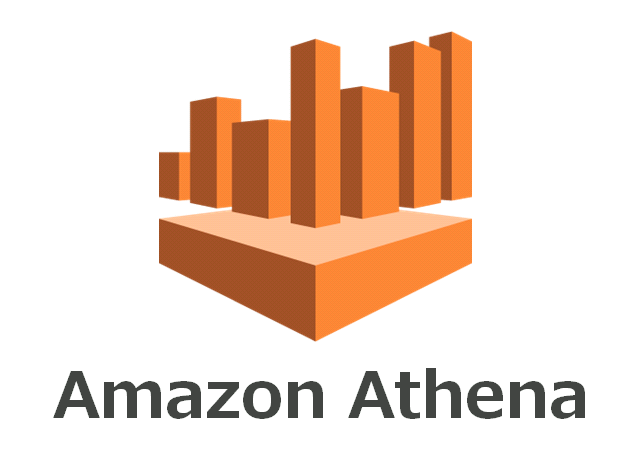How Holistics works
91% of our customers say they are able to deliver business answers within a day of adopting Holistics. Scroll down to learn how.
Free 14 day trial. No credit card required.
Mechanism
Holistics is designed to help your business users to access data themselves without bothering Data Team.
Data teams use Holistics to define business metrics, datasets and reports for business users. Business users can consume the predefined reports, or build their own reports with simple, visual report builders.
If you believe Data Team's job should not be about answering adhoc report requests for Business, then Holistics might be a good fit for you!

Before vs After Holistics
| Before Holistics | After Holistics |
|---|---|
| Data Team is a bottleneck Data Team is overwhelmed with ad-hoc queries from business users. | Self-service Data Access for Business Users Business Users perform adhoc data exploration without writing SQL or bothering Data Team. Data Team just needs to maintain central business logic layer. |
| Repeated Logic Definitions Multiple different SQL definitions of the same business logic across entire system. | Business Logic is defined in one place When some business logic changes, Data Team only needs to update once, and the change will be reflected across all related reports AUTOMATICALLY. |
| Inconsistent numbers Different reports might give different values for the same metric. | Reporting that can be trusted Since metric is defined once, all reports should give the same value for the same metric. |
Data Teams Define Business Metrics
Data Teams can define business logic once in Holistics using SQL.
Curate these data & metrics into predefined datasets to share with non-technical users.



Define metrics in Data Model

Map relationship

Curate datasets

Non-technical users build reports by themselves
Non-technical users can explore datasets to build reports and dashboards, without writing SQL queries.
They can then share these reports with other people in their team.

Access & Interact with Data on Dashboards
Users can deep-dive into an existing dashboards with high degree of interactivity. Filtering, drilling down data or compare data between different time periods.




Data Filtering

Drill-through

Cross Filtering

Time-period Comparison

More awesome features
User Access Control
Tightly control how data is shared at report, row and column levels.
Smart Timezone handling
Intelligently understand database's timezone and adjust for users' timezone.
Built-in time-period comparison
Compare metrics with equivalent time periods in the past to get meaningful context.
Data Alerts
Get notified when data changes automatically with advanced conditions.
Works well with modern data warehouses
Works directly with modern SQL databases and does not need to store your data.
Best-in-class Support
Our team goes our of our way to provide supports for our customers.

If you want to see the easiest way to see the data from your company, use Holistics because it’s an incredible platform.
Novia Citra Valinca
Supported Databases
Holistics works seamlessly with the following databases










Frequently Asked Questions
What databases and data sources can Holistics connect to?
If you use something that's not on the list, feel free to contact us and we'll be happy to work on an integration.
What if I don't have a data warehouse?
How are you guys different from Tableau?
How can I sign up for a trial?
We do this to make sure you get the most value out of the software, by giving you a demo of the functionalities that most fit with your use cases.
I already use other BI tools, can I use Holistics alongside them?


















